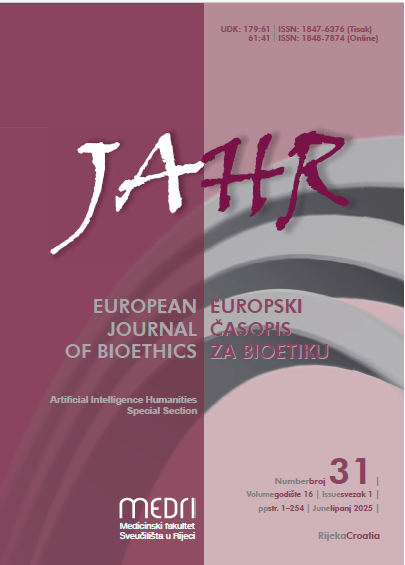Improving fine-grained emotion classification using LLMs through sequential learning of emotions
Ključne riječi:
Emotion Classification, Sequential Learning, Fine-grained Classification, Large Language Model, Affective ComputingSažetak
https://doi.org/10.21860/j.16.1.13
This study proposes an approach to improving emotion classification performance by introducing a Sequential Emotion Learning (SEL) method. Conventional learning methods often struggle with fine-grained emotion categories. To address this, the SEL approach first trains the model on seven basic emotions, which are relatively easier to classify due to their clear distinctions. The model is then fine-tuned using 24 more nuanced emotion labels, enhancing its ability to tackle complex emotion classification tasks. Experimental results suggest that the SEL method performs better than the baseline, achieving higher accuracy from the early stages of training. The SEL model also reaches its peak performance relatively quickly and shows improved classification capabilities on unseen, general sentences, indicating its robustness across different text scenarios. These results suggest that the SEL method can effectively improve emotion classification, particularly in tasks that require distinguishing complex emotions. This sequential learning approach offers a potential advantage over traditional methods and may be applied to other domains that involve intricate classification tasks. Future research can explore the generalizability of this method to other classification problems to further enhance its utility.
Preuzimanja
Objavljeno
Broj časopisa
Rubrika
Licenca
Autori koji objavljuju u ovom časopisu slažu se sa slijedećim uvjetima:
- Autori zadržavaju autorska prava i dodjeljuju pravo časopisu na prvo objavljivanje uz istovremeno uvažavanje Creative Commons Attribution License koje omogućava drugima da dijele rad uz priznavanje njegova autorstva i početne objave u ovom časopisu.
- Autori mogu sklopiti zasebne, dodatne ugovorne dogovore o neekskluzivnoj distribuciji objavljene verzije rada (npr. objaviti ga u repozitoriju institucije ili ga objaviti u knjizi), uz priznavanje da je njegova početna objava bila u ovom časopisu.
- Autorima je dopušteno i ohrabruje ih se da objavljuju svoje radove putem društvenih mreža (npr. u repozitoriju institucije ili na njenim internetskim stranicama) prije i za vrijeme prijave obzirom da to može doprinijeti produktivnoj razmijeni te ranijeg i većeg citiranja objavljenog rada (Vidjeti: The Effect of Open Access).



